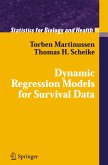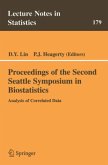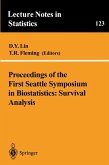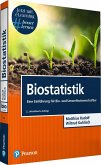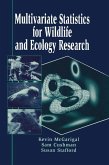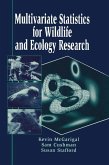There are some important, significant departures from much current thinking in the area of proportional hazards regression. Less weight is given to counting processes and martingale theory than is now common. More classical methods of inference are used and while solid theoretically, this is not a mathematical text.
Proportional hazards models and their extensions (models with ti- dependent covariates, models with time dependent regression co- cients, models with random coe?cients and any mixture of these) can be used to characterize just about any applied problem to which the techniques of survival analysis are appropriate. This simple obser- tion enables us to ?nd an elegant statistical expression for all plausible practical situations arising in the analysis of survival data. We have a single unifying framework. In consequence, a solid understanding of the framework itself o?ers the statistician the ability to tackle the thorniestofquestionswhichmayarisewhendealingwithsurvivaldata. The main goal of this text is not to present or review the very s- stantial amount of research that has been carried out on proportional hazards and related models. Rather, the goal is to consider the many questions which are of interest in a regression analysis of survival data (prediction, goodness of ?t, model construction, inference and int- pretation in the presence of misspeci?ed models) from the standpoint of the proportional hazards and the non-proportional hazards models.
Proportional hazards models and their extensions (models with ti- dependent covariates, models with time dependent regression co- cients, models with random coe?cients and any mixture of these) can be used to characterize just about any applied problem to which the techniques of survival analysis are appropriate. This simple obser- tion enables us to ?nd an elegant statistical expression for all plausible practical situations arising in the analysis of survival data. We have a single unifying framework. In consequence, a solid understanding of the framework itself o?ers the statistician the ability to tackle the thorniestofquestionswhichmayarisewhendealingwithsurvivaldata. The main goal of this text is not to present or review the very s- stantial amount of research that has been carried out on proportional hazards and related models. Rather, the goal is to consider the many questions which are of interest in a regression analysis of survival data (prediction, goodness of ?t, model construction, inference and int- pretation in the presence of misspeci?ed models) from the standpoint of the proportional hazards and the non-proportional hazards models.
From the reviews: "The book is clearly intended to be student-friendly. Each chapter begins with a section called Summary and a following one called motivation; each chapter ends with some exercises and class projects. ... It is very carefully written, with detailed explanation and discussion everywhere. ... I believe that the book can be thoroughly recommended to the student starting his research in the field and to the practitioner who needs to understand some of the theory." (Martin Crowder, International Statistical Review, Vol. 76 (3), 2008)


